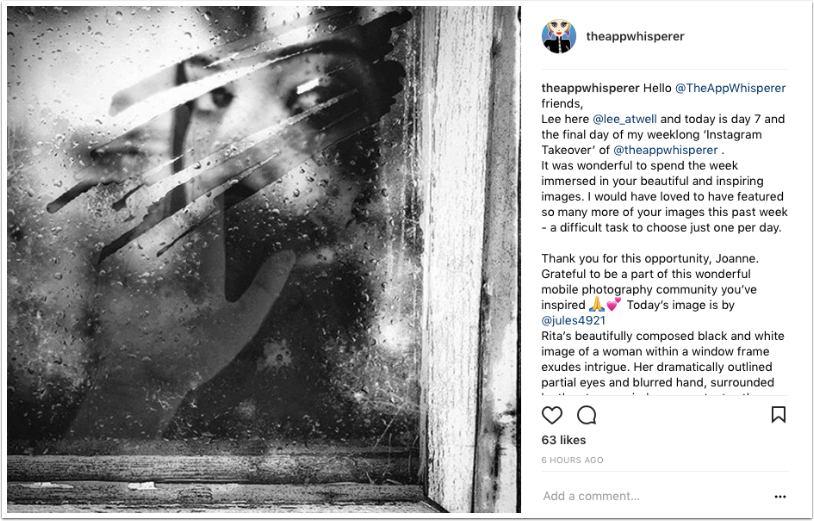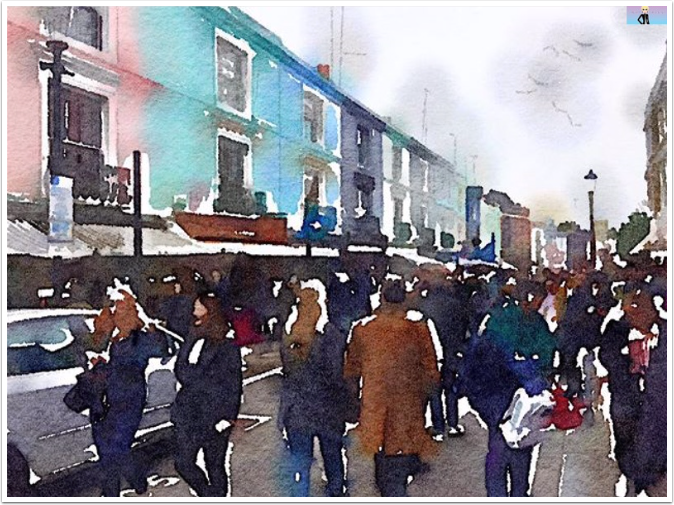Storytelling Through A Lens
Storytelling Through A Lens
 A photograph can tell a powerful story.
A photograph can tell a powerful story.
An image of a man standing in front of a column of tanks shows an act of defiance against a brutal regime. A snapshot of a starving child slumped down as a vulture perched in the background hammers home the horrifying effect of famine. A single photo of a sailor kissing a stranger depicts the jubilance of coming home after surviving history’s most destructive war.
Images like these will continue to tell their stories long after the current generation is gone.
However, some of the greatest photos weren’t planned. Some were the result of the photographer being in the right place at the right time. Nevertheless, it pays to know what to do when the right time comes. Remember, you can’t rely on serendipity, but you can rely on your know-how.
The lens as a storyteller
Telling stories using your lens involves conveying a thought-provoking narrative through a series of shots or a single, compelling snapshot, like the examples cited above. While a good photo can make you say ‘Wow,’ a great photo compels you to find out what happens next. For example, anybody can take a picture of a sunset bursting with colors, but what does it say? Does it pique your curiosity? Does it make you think?
A sunset is beautiful, but without context, it’s just a pretty picture of the sun going down, no different than the millions of sunset photos taken by people with smartphones. Whatever types of photography an individual pursues, whether sports photography, fashion photography, advertising photography, or others, photography isn’t limited to capturing stunning images. It includes the art of storytelling.
So how do you convey a sense of narrative using your lens?
Below are a few tips:
- Emphasize the small details
Small, seemingly insignificant details can transform a photo from the mundane to the sublime. Take, for example, your basic photograph of a sunset. In photography, taking a picture of a sunset is the equivalent of that tired idiom, ‘A picture is worth a thousand words.’
It’s a photography cliché—beautiful and hard to resist, but a cliché nonetheless. But it doesn’t have to be a cliché. To make your photo more interesting, add a few details to your framing.
A setting sun produces shadows, reflections, and silhouettes. Use these details in your composition to convey an idea—i.e., the mystery that silhouettes give off, lengthening shadows that can be ominous, serene, or funny.
Sunlight also bounces off water or any other reflective surface. To add more dramatic effects, you can emphasize a small puddle or puddles that reflect a sunset’s fading light. Showing how your subject connects with its surroundings can add depth to the image. This connection indicates reference and narrative, not just about a single object.
Be careful, though. Too much information can weigh down a photo. Add just enough details to convey to viewers a narrative behind your picture.
- Take a series of photos
Instead of limiting yourself to a single shot, consider taking a series of photos instead. Shooting and framing a series of images can convey a narrative more effectively. Remember to take multiple pictures of similar situations when taking this approach.
Remember to:
- take wide-angle shots.
- take action shots.
- take close-ups of crucial features.
- take photos from above, below, and from other angles.
Shoot as many pictures as you can. You can always shortlist them later. Showing scenes from various perspectives gives viewers a sense of being included.

- Plan and experiment
Planning can be a tremendous help in the storytelling process. After all, a good story doesn’t just present itself. Capturing one takes a good deal of planning. What moment do you want to share? What emotion do you hope to elicit? You also need to plan the images you need that can best tell your story.
For example, the photos that the ‘Got Milk’ advertising campaign used were so effective the whole ad campaign is considered one of the most successful of all time.
But storytelling through a lens need not be epic—it can also mean experimenting with ordinary subjects or happenings and telling their stories in a new and fresh manner. So, keep your eyes peeled—you might encounter something worthy of a story.
- Capture emotions
Smiles are great, but sometimes, a powerful way of triggering a response is capturing a subject’s raw emotion. Details like these trigger viewers’ curiosity and make them think beyond the image.
How a person stands or sits can be a powerful indicator of emotion. Their posture, demeanor, and eyes can combine to elicit a strong emotional response from a viewer. An excellent example of this is Steve McCurry’s ‘Afghan Girl.’ In this photo, the viewer is immediately drawn to the girl’s green, luminescent eyes.
The eyes give an impression of the girl’s fear, vulnerability, and innocence. You can’t help but be curious about her. The subject’s emotion makes you think and wonder about her plight.
- Take pictures of things you’re passionate about
Taking pictures of things you are genuinely passionate about makes it easier for you to maintain your zeal. Narrative photography is about human interest, so you might as well start with what floats your boat.
If you’re telling another person about your interests, you’re telling a compelling narrative. They’ll see it in your eyes, gestures, and how you talk—confident, forceful, and persuasive. Your enthusiasm about the subject will undoubtedly be reflected in the pictures you take. The confidence you’ll gain can empower you to go out of your comfort zone once in a while and find your own style.
Conclusion
Photographs can be a powerful tool for storytellers. As a photographer, you can improve your storytelling ability by focusing on details, taking multiple shots, planning and experimenting, capturing emotions, and taking pictures of things you’re most passionate about.
Please support us
TheAppWhisperer has always had a dual mission: to promote the most talented mobile artists of the day and to support ambitious, inquisitive viewers the world over. As the years pass TheAppWhisperer has gained readers and viewers and found new venues for that exchange.
All this work thrives with the support of our community.
Please consider donating to TheAppWhisperer as this New Year commences because your support helps protect our independence and we can keep delivering the promotion of mobile artists that’s open for everyone around the world. Every contribution, however big or small, is so valuable for our future.



